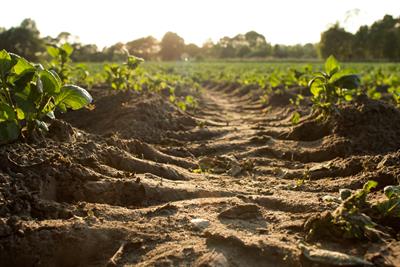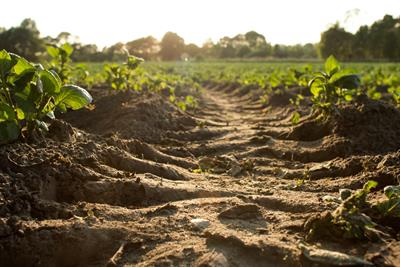
Introduction
In a world grappling with environmental challenges, the need for innovative solutions to tackle pollution and waste management has become paramount. Bioremediation, a natural and sustainable process, holds the potential to revolutionize the way we address contaminated environments. This article delves into the concept of bioremediation, its methodologies, applications, and its significance in promoting a cleaner and healthier planet.
What is Bioremediation?
Understanding the Basics
Bioremediation involves harnessing the power of nature to degrade, transform, and eliminate pollutants from the environment. Instead of resorting to conventional methods that often involve harsh chemicals and mechanical processes, bioremediation employs living organisms like bacteria, fungi, and plants to break down contaminants into harmless byproducts.
Natural Remediation Processes
Many contaminants found in soil, water, and air can be naturally broken down by microorganisms over time. Bioremediation takes advantage of these natural processes and enhances them to accelerate the cleanup of polluted sites. This approach is not only environmentally friendly but also cost-effective.
Types of Bioremediation
Intrinsic Bioremediation
Intrinsic bioremediation relies on naturally occurring microorganisms present in the contaminated environment. These microorganisms are stimulated to degrade pollutants through various methods such as supplying nutrients or optimizing environmental conditions.
Enhanced Bioremediation
Enhanced bioremediation involves introducing additional nutrients or microbial cultures to the contaminated site. This helps create an ideal environment for microorganisms to thrive and accelerate the degradation of pollutants.
Phytoremediation
Phytoremediation employs plants to absorb, accumulate, and metabolize contaminants. The plants act as “green filters” that extract pollutants from the soil or water, effectively cleansing the environment.
Mycoremediation
Fungi-based bioremediation, known as mycoremediation, utilizes fungi to break down complex pollutants. Fungi’s mycelium, a network of fine threads, can reach areas that are difficult to access by other means.
Microorganisms at the Heart of Bioremediation
Role of Bacteria in Cleanup
Bacteria play a crucial role in bioremediation due to their diverse metabolic capabilities. They can target a wide range of contaminants, including hydrocarbons, heavy metals, and pesticides, converting them into less harmful substances.

